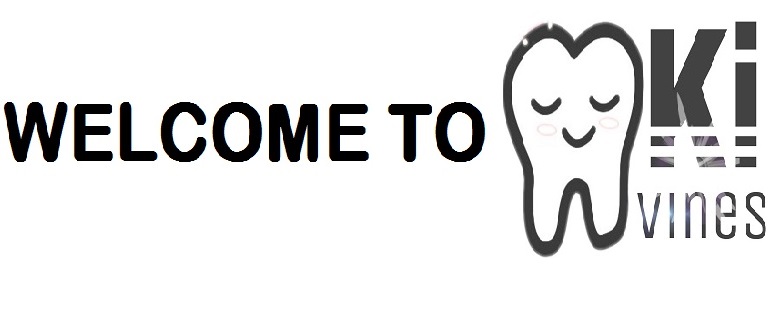MOST OF THE PATIENTS WHO NEED ROOT CANAL TREATMENT ARE CURIOUS TO KNOW ABOUT THE TREATMENT. SOME OF YOUR QUESTIONS WILL BE ANSWERED AND YOU WON'T BE WORRIED AFTER READING THIS.
Tooth is composed of protective hard covering (enamel,dentin, cementum) encasing a soft living tissue called Pulp. Pulp contains blood vessels, nerves, fibers and connective tissue. The pulp extends from the crown of tooth to the tip of roots where it connects to the tissues surrounding the root.
Why do you feel pain?
When the pulp gets damaged or infected, due to tooth decay, gum diseases, injury to the tooth by accident, it causes increased blood flow and cellular activity and pressure cannot be relieved from inside the tooth and causes Pain.
 How can you tell if pulp is infected?
How can you tell if pulp is infected?
When pulp becomes inflamed, it may cause
Why do you need root canal and what is root canal?
To relieve this pain, as tooth cannot heal by itself, root canal treatment is done to save the tooth by removing the infected pulp, then cleaning and shaping of root canals is done, and then filled up with the gutta percha (permanent filling) material to prevent recontamination of the tooth. Tooth is permanently restored by this procedure.
Alternatives to root canal?
If tooth is severely damaged, extraction (tooth removal) is the only option left.
How many visits?
Nowadays, single sitting root canal is available. Usually, it can be completed in 2-3 visits but sometimes, the condition of tooth infection can take a longer time.
Will you feel pain during or after treatment?
NO, with the use of Local Anesthesia, you will be comfortable and pain free. But for few days, you may feel sensation if pain and infection were present prior to procedure, this can be relieved by medication.
Will the tooth need any special care or additional treatment after RCT?
One should not bite or chew on that treated tooth as tooth gets weakened after RCT so it may fracture the tooth. To avoid this, you should go for capping (crown) of that tooth for best results.
Do not forget to maintain good oral hygiene by brushing, flossing, mouthwash, and routine dental check ups.
Tooth is composed of protective hard covering (enamel,dentin, cementum) encasing a soft living tissue called Pulp. Pulp contains blood vessels, nerves, fibers and connective tissue. The pulp extends from the crown of tooth to the tip of roots where it connects to the tissues surrounding the root.
Why do you feel pain?
When the pulp gets damaged or infected, due to tooth decay, gum diseases, injury to the tooth by accident, it causes increased blood flow and cellular activity and pressure cannot be relieved from inside the tooth and causes Pain.
 How can you tell if pulp is infected?
How can you tell if pulp is infected?When pulp becomes inflamed, it may cause
- Toothache on taking hot or cold, Spontaneous pain
- Pain on Biting or on lying position
- Drainage(Pus discharge)
- Swelling
Why do you need root canal and what is root canal?
To relieve this pain, as tooth cannot heal by itself, root canal treatment is done to save the tooth by removing the infected pulp, then cleaning and shaping of root canals is done, and then filled up with the gutta percha (permanent filling) material to prevent recontamination of the tooth. Tooth is permanently restored by this procedure.
Alternatives to root canal?
If tooth is severely damaged, extraction (tooth removal) is the only option left.
How many visits?
Nowadays, single sitting root canal is available. Usually, it can be completed in 2-3 visits but sometimes, the condition of tooth infection can take a longer time.
Will you feel pain during or after treatment?
NO, with the use of Local Anesthesia, you will be comfortable and pain free. But for few days, you may feel sensation if pain and infection were present prior to procedure, this can be relieved by medication.
Will the tooth need any special care or additional treatment after RCT?
One should not bite or chew on that treated tooth as tooth gets weakened after RCT so it may fracture the tooth. To avoid this, you should go for capping (crown) of that tooth for best results.
Do not forget to maintain good oral hygiene by brushing, flossing, mouthwash, and routine dental check ups.





















